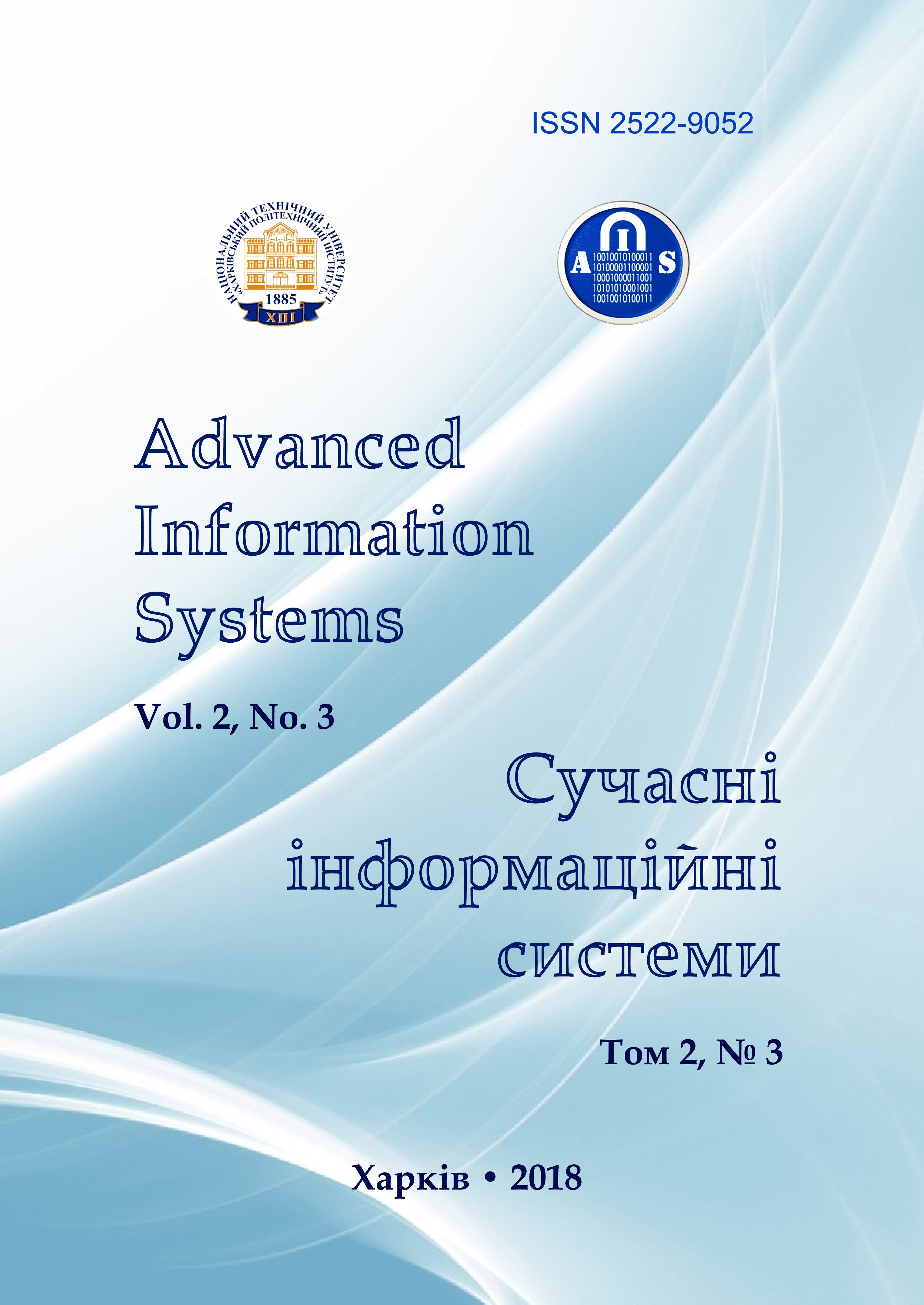Improved method of software risk management based on the semi-Markov decision-making model
Main Article Content
Abstract
The studies carried out in this work showed that risk management of software development includes a system of activities carried out both before the appearance of a negative event, and after its occurence. However, preventive analysis and consideration of the majority of possible operational errors will reduce financial and other costs in the life cycle of software development. The considered task of risk management of software development under certain restrictions on quality and safety testing activities is formulated as a semi-Markov decision-making model for a managed Markov process in continuous time and discounted income or expenses. In this case, this type of operational risks are identified with sequentially connected independent elements that are restored in a finite time. The optimal non-randomized stationary control management strategy is defined using pseudo-Boolean methods of bivalent programming, finding all solutions of the constraint system. Objective: to improve the method of risk management of software development on the basis of a semi-Markov decision-making model for a managed Markov process in continuous time. A distinctive feature of the proposed method is the use of pseudo-Boolean methods of bivalent programming with a nonlinear objective function and linear constraints to determine the optimal strategy for eliminating operational errors.The research conducted in the work showed that the applied theoretical positions sufficiently reflect the standards and capabilities of modern software testing methodologies. As an example, the situation of the occurrence of software security errors is considered, and an optimal control strategy for eliminating the indicated anomalous situation is determined. The method presented in the work can be used not only for managing software security risks, but also for functional, load, stress, and other types of testing to prevent possible losses.
Article Details
References
Krishnan, M. Soumya (2015), “Software Development Risk Aspects and Success Frequency on Spiral and Agile Model”, In-ternational Journal of Innovative Research in Computer and Communication Engineering, No. 3 (1), pp.301-310.
Zeng, Y. (2010), Risk Management For Enterprise Resource Planning System Implementations in Project-Based Firms, dis. for the degree of PHD, Maryland, 210 p.
Britkin, A.I. (2007), “Risks associated with the introduction of technologies in software development projects”, Social'no-jekonomicheskie i tehnicheskie sistemy, No. 8 (42), pp. 156-168.
Budnikov, S.A. (2009), “Semi-Markov model of complex conflict of radio electronic systems”, Metody i sredstva upravlenija tehnologicheskimi processami, Saransk, pp. 201-223.
Kovalenko, O.V., Smirnov, O.A. and Kovalenko, A.S. (2014), “Problems of recognition of situations in ERP systems”, Sistemi obrobki іnformacії, No. 4(120), pp. 161-164/
Kovalenko, O.V. and Smirnov A.A. (2016), “Methods for qualitative analysis and quantification of software development risks”, Sistemi obrobki іnformacіi, No. 5(142), pp. 153-157.
Smirnov, O.A., Kovalenko, O.V. and Meleshko E.V. (2013), Software Engineering: Training Guide, KNTU, Kyiv, 409 p.
Jacques, J. and Raimondo M. (2007), “Semi-Markov risk models for finance, insurance and reliability”, Springer Science + Business Media LLC, Boston.
